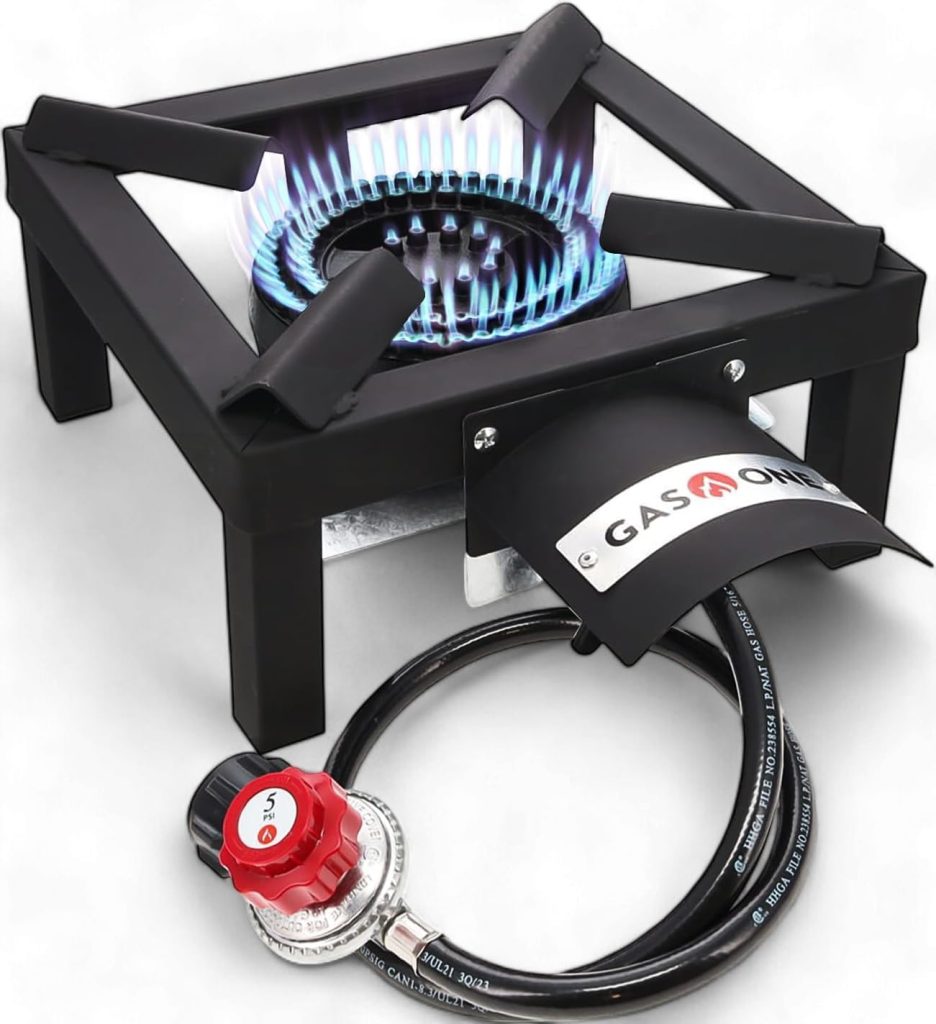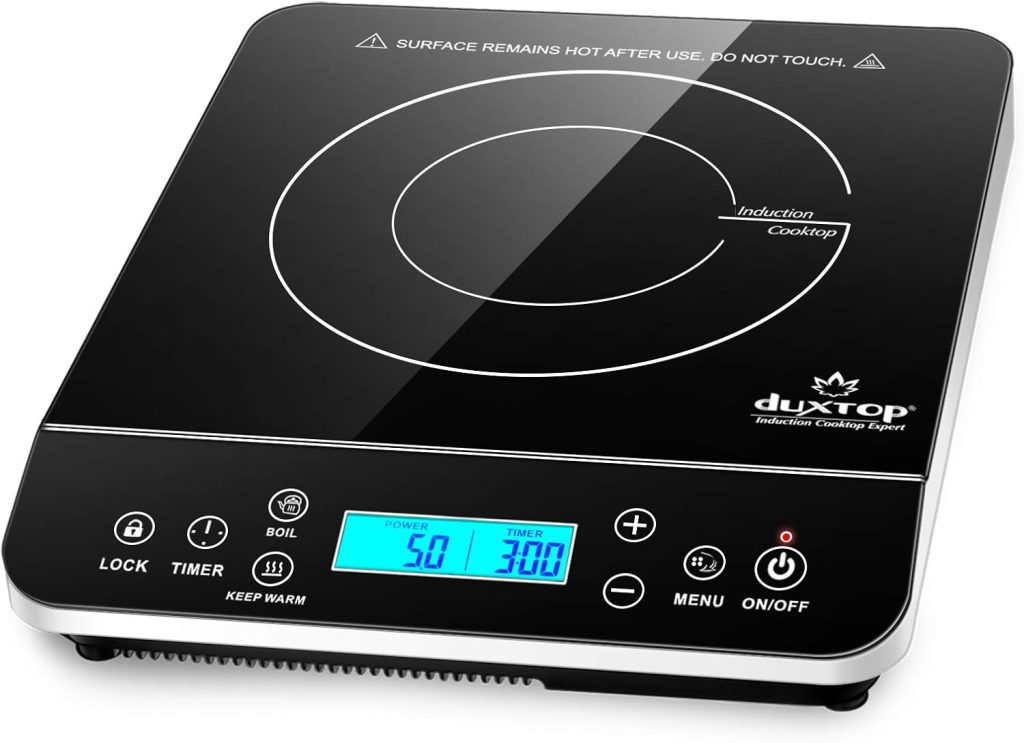Choosing Between Induction Cooktop vs Gas Stove: What You Should Know
Whether you’re building a new home or remodeling your kitchen, picking the right cooktop is one of the biggest decisions in kitchen design. For decades, gas stoves have been a staple. More recently, induction cooktops have gained popularity worldwide. If you’re wondering “which is better – induction or gas?”, you’re not alone. Here’s a clearer comparison to help you decide.

🔥 Gas Cooktop Overview
Gas stoves, fueled by LPG (liquefied petroleum gas) or natural gas, use an open flame to heat cookware.
✅ Pros:
- Immediate and intuitive heat control
- Compatible with all types of pots and pans
- Simple manual knobs – no complicated tech
- Lower upfront cost compared to induction
❌ Cons:
- Harder to keep clean—burn marks and grease buildup
- Produces heat, CO₂, and indoor air pollutants
- Higher energy waste—only ~40% efficient
- Potential burn risk with open flame

⚡ Induction Cooktop Overview
Induction cooktops heat your pan via electromagnetic technology. The cooktop surface remains relatively cool while the cookware heats directly.
✅ Pros:
- High energy efficiency (~85–90%)
- Fast cooking and precise temperature control
- Safer surface—great for families
- Sleek design and easy to clean
- Digital temperature display and auto shut-off
❌ Cons:
- Requires flat, magnetic cookware
- Dependent on electricity—power outages stop cooking
- Higher initial cost
- May require adapter disk for non-magnetic pots
- Some models may be less suitable for traditional cooking styles
🧠 Induction vs Gas: Quick Comparison Table
| Feature | Gas Stove | Induction Cooktop |
|---|---|---|
| Heat Response | Fast | Very fast |
| Energy Efficiency | ~40% | ~85–90% |
| Surface Safety | Very hot | Cool unless pan is present |
| Cookware Compatibility | All types | Magnetic cookware required |
| Cleaning | Moderate to difficult | Very easy |
| Temperature Control | Manual flame control | Digital precision |
| Installation Cost | Low | Higher upfront |
| Operating Costs | Moderate | Lower after installation |
FAQ – Induction vs Gas Stove
Is induction cooking safer than gas?
Yes. Induction cooktops eliminate open flames, and the surface remains cool to the touch—ideal for households with children or elderly members.
Does induction cooktop save money in the long run?
Absolutely. Even though the initial cost is higher, induction cooktops are very energy‑efficient and can lead to lower utility bills over time.
Can I use any cookware on an induction stove?
No. You need cookware with a magnetic, flat bottom—such as cast iron or certain stainless steel pans. You can test this with a magnet.
What happens if there’s a power outage?
With induction, cooking stops immediately during a power outage. If you need backup, consider having a small gas hob or camp burner.
Is mounting an induction cooktop complicated?
Not really. Many models fit into the same cutouts as electric cooktops. Just ensure you have adequate electrical supply and ventilation.
📌 Final Thoughts
If you’re looking for a modern, efficient, and safe way to cook, an induction cooktop might be the best choice—especially for everyday cooking in busy homes. However, a gas stove still offers reliable, high-heat performance at a lower upfront cost.
Choosing between induction vs gas really comes down to your cooking style, budget, and priorities. Many families find induction a perfect blend of convenience and performance—a worthwhile upgrade for any kitchen.
Leave a Reply
You must be logged in to post a comment.